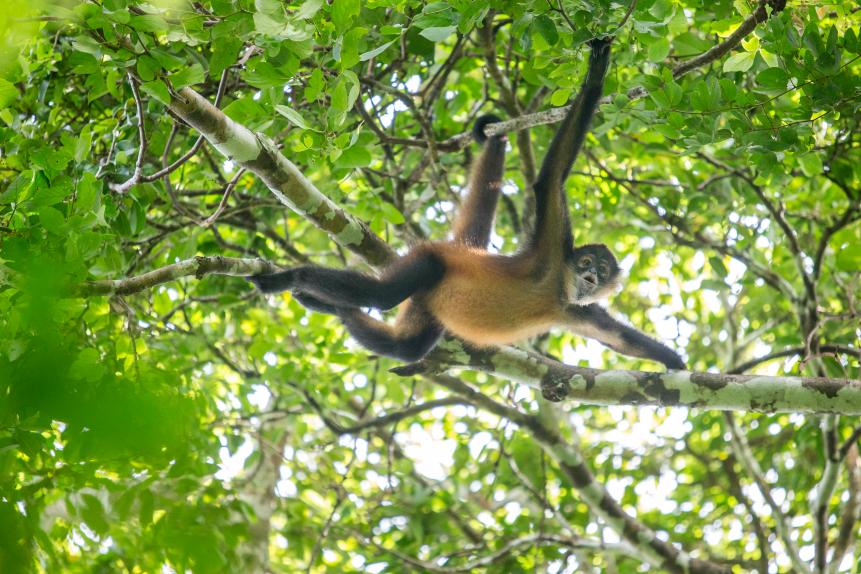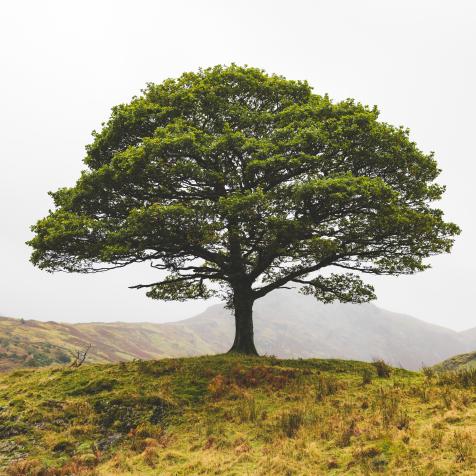
Christopher Cullen / 500px
Environmental Initiatives Offer Hope for Critically Endangered Spider Monkeys
How one organization’s community-centric approach to conservation created a new generation of environmental activists.
The Azuero Peninsula is a square plot of land in Southern Panama that protrudes about 50 miles out into the Pacific Ocean. Known for its cattle ranching, fishing, and beaches, the Azuero Peninsula is home to the nation’s last remaining tropical dry forest. Unlike a rainforest, the ecosystem experiences more dry seasons than wet – with moisture evaporation exceeding rainfall every year.
This unique environment provides a haven for animals that aren’t found anywhere else in the country… including the critically endangered Azuero spider monkey. This subspecies of the spider monkey is one of three types of spider monkeys in Panama.

MarcPo
Brown Pelican at the beach on the Azuero Peninsula in Panama.
In 2013, a population survey estimated there were a mere 145 Azuero spider monkeys left in the wild, making them one of South America’s rarest animals. The animals have suffered from habitat loss– Azuero has been fragmented by deforestation and clearcutting– and hunting. Viewed as pests by local farmers, spider monkeys are often poisoned.
Pro Eco Azuero (P.E.A.), a conservationist group whose goal is to protect the peninsula’s biodiversity, has developed a community-first strategy for conservation. By working alongside local teachers and farmers, P.E.A. replants trees and creates lesson plans rooted in sustainability, conservation, and coexistence between people and nature.

Cavan Images
Azuero Spider Monkeys eat a diet of mostly fruit.
As the next generation of young environmentalists grows, so does the support for protecting the Azuero Peninsula’s ecosystem. “It is more meaningful when it is our own children who say we must reforest and protect nature,” Ms. Vasquez de Zambrano, P.E.A.’s executive director said. “I think working with kids has made a real difference.”
P.E.A.’s latest project is creating the wildlife corridor. The organization plants trees across deforested landscapes to increase the available habitat for the peninsula’s animals. Upon completion, the conservationists hope the project will allow animal populations– like the spider monkey– to grow.

MarcPo
Panoramic landscape from the Azuero Peninsula, Panama.
Since starting 12 years ago, more than 400 farmers have pledged land to the creation of the wildlife corridor. On this donated land, more than 500 acres of new trees have been planted. And in 2019, with the help of the students and local activists, the coastal Pablo Barrios Refuge gained national protection as an ecological reserve.
“Our greatest impact is the way we have changed people’s minds,” said Ms. Vasquez. “We are creating a culture of conservation — and getting people to become advocates for their own community.”


















